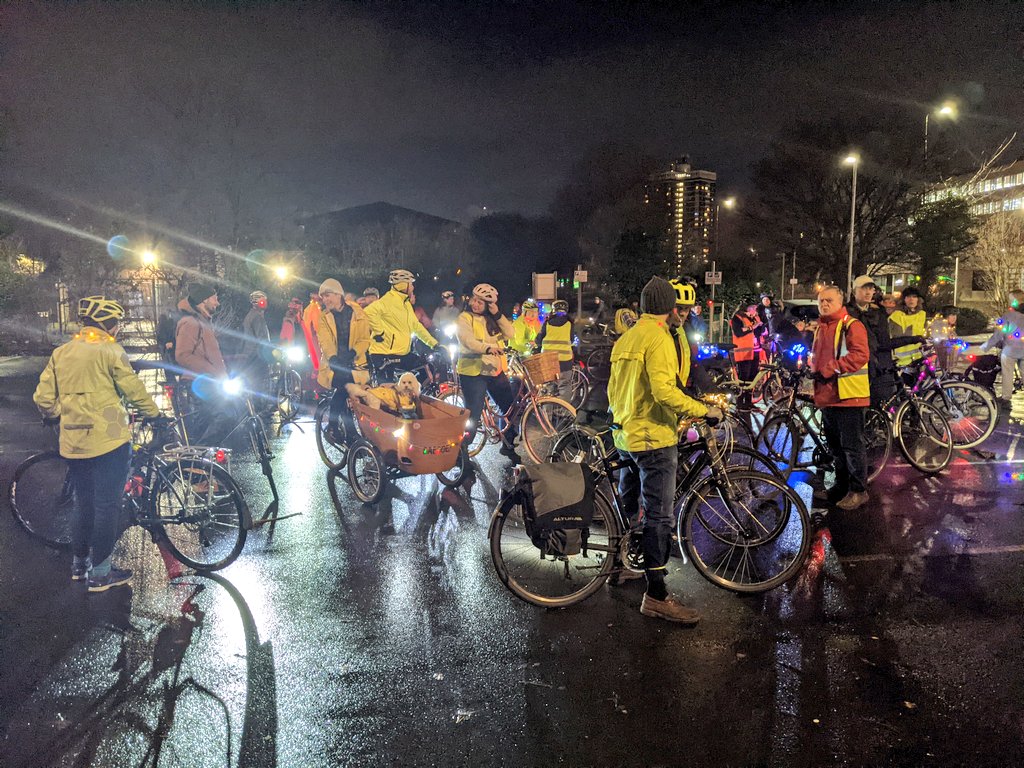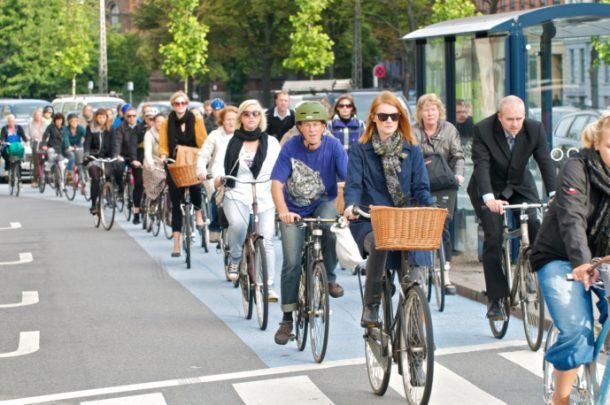There have still been a few meetings happening as we enter the summer break. Whilst I haven’t attended all in person, the importance of the subject matter has made it imperative to read the reports and catch the video streams. Committees are hard work and you still get the occasional member who can never reach a full stop, but there’s been so much else to take on board.
Executive
Greater Manchester Scrutiny
Trafford’s Health Scrutiny
Datalab update
National Policy Forum
Executive
Although I’m not a member of the Council’s Executive, primarily it’s their decisions upon which I’ll be judged when it comes to being re-elected. I like to follow what they’re up to.
Items on the agenda included:
A new Culture Strategy for Trafford.
The culture strategy document is available here. I like that the emphasis is as much on bringing on new talent as putting on shows. My own feeling is that Greater Manchester has improved its arts output hugely since Salford fought off the City of Manchester in winning the BBC to Media City, but Manchester still dwarfs everyone else combined. The fact that Oldham Colosseum closed shows how tough it is. I think I’d like to see a Greater Manchester approach and Trafford feeding into that with its strategy but not competing.
Tennis Investment Project
This involves a charging policy and the procurement of a specialist operator for the tennis courts the council owns such as at Davyhulme Park and Victoria Park. Initially, it will be trialled and I don’t think they’ve announced yet where the trials will be.
Active Travel Reprioritisation
The battle of the A56 cones has almost become a defining cultural phenomenon. However, it looks as though Trafford has received the go-ahead to move forward with a designed scheme that would make permanent arrangements. From the funding point of view, this means including it within the Mayor of Greater Manchester’s Challenge Fund Budget. (The Dept of Transport originally funded the cones as an emergency measure during Covid)
Sadly, we do not get junction improvements to the Barton Road gyratory and active cyclists heading towards Altrincham will still be deposited into the fast lane of the A56. The approach to design has been to leave the junction in place, but weave a cycle and walking route on and through the central island. It’s a problem because it involves so many crossings which will delay the active traveller.
Trafford is bidding for £1.6m for the whole scheme to provide permanent segregation from Talbot Road to the M60 including the gyratory weave and crossings. A lot of active travellers have already pointed out that the M60 is not where they usually choose to end their journey and that is a problem, at a minimum their heading to Dane Road.
My conclusion on the A56: So the A56 scheme is not perfect; far from it. Despite this, I am still supportive of the bid. The cones have been so divisive and have brought out the worst in people. We need to move on.
Additional Schemes
The two Talbot Road junctions with Chester Road and with Greatstone Road have already received full business case approval and they’re particularly anticipated with a degree of eagerness. I’ve been pursuing Greatstone Road junction improvements for pedestrians for a number of years so there’s a degree of fulfilment attached to that.
Pipeline Scheme – Davyhulme Active neighbourhood (technically route D). I really need to publicise this more. I am yet to be convinced it’s a worthwhile scheme. They’re hoping to have the business case submitted by January 2024. Essentially, it’s five low-traffic neighbourhoods (LTN)s. We know Rishi Sunak does not like LTNs, but they can be worthwhile – most of Stretford around Victoria Park is essentially a low-traffic neighbourhood, they’ve cut off exits onto Chester Road or Kingsway. My initial reaction to the Davyhulme scheme is that it condenses the traffic onto residential streets rather than main roads and that’s a problem.
Greater Manchester Scrutiny Committee
Again, I’m not a member, but in this case, I am a substitute member. Items discussed included.
Topics included:
- National Waste Strategy – essentially balancing the need to recycle more with the practicalities of fine-sorting the waste. The government are shifting their position
Trafford’s Leader, Cllr Tom Ross gave a really top-notch presentation that’s worth watching on the GMCA site - Bus Fare Initiatives including capped fares. Funding is in place for 24/25. The introduction has led to an increase of 12% in patronage so GMCA is keen on continuation. To review it again next summer. Franchising will have a positive behavioural effect. In fact, franchising is so exciting in that it opens up so many possibilities. The tragedy would be if funding was pulled from 2025.
Trafford Health Scrutiny
Another packed meeting. Items included:
Adaptations Team and Occupational Therapy Update – This is a major contributor to quality of life and hospital discharges. The team has a serious backlog that can be traced back to Covid. Scrutiny was looking at the action plan to alleviate the delays.
Hospital Discharge – A broader look at resilient discharge – making sure that patients leaving hospital have the support needed to sustain themselves.
Integrated Care System Update – This is yet another reorganisation; in this case to replace the Clinical Commissioning Group (CCG). Although it sounds dry, this is a vital element of health provision. The Greater Manchester model is proving itself in terms of life expectancy. The journey to transform health care though is only just beginning and building a system that integrates both care and health provision requires organisational change. There’s a huge amount of work going on behind the scenes. It’s vital that scrutiny monitors this change but it’s quite a significant task.
Trafford Datalab Presentation
This was presented last week as part of my induction on returning to the council, but I don’t need any persuasion. I love the work they do and their output is generally open data. I just want to highlight one particular page – the census data. It’s a cornucopia of intelligence but vital in targeting and championing resources.
Labour’s National Policy Forum
Gender recognition law has been a divisive subject in the Labour Party and elsewhere, but particularly in the Labour Party.
I wanted to briefly state that I believe the position taken at the National Policy Forum at the weekend seems to me to be just about right. I know that others will disagree but I back Anneliese Dodds:
We need to recognise that sex and gender are different – as the Equality Act does. We will make sure that nothing in our modernised gender recognition process would override the single-sex exemptions in the Equality Act. Put simply, this means that there will always be places where it is reasonable for biological women only to have access. Labour will defend those spaces, providing legal clarity for the providers of single-sex services.
Anneliese Dodds – Labour Shadow Secretary of State, Women and Equalities – Guardian 24 July 2023






